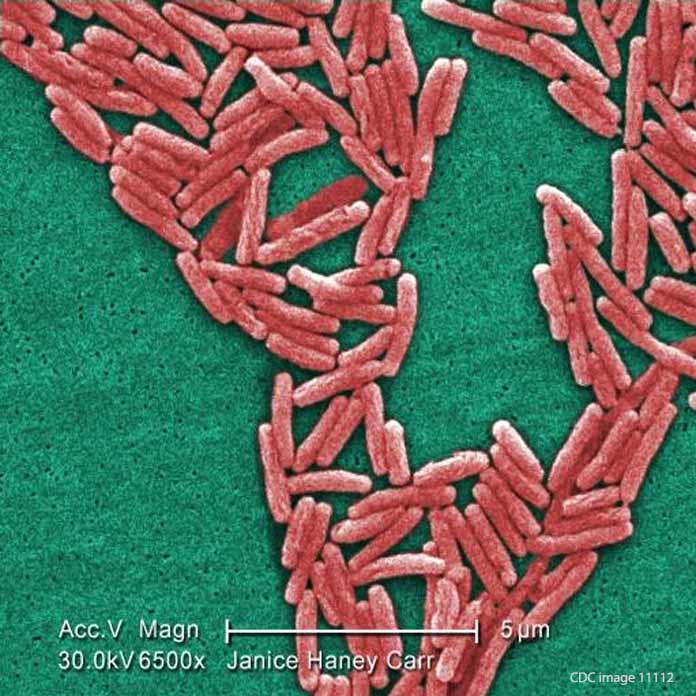Attorney Eric Hageman is investigating an outbreak of Legionnaires’ disease associated with Wesley Health Care Center in Saratoga Springs, New York.
To date, there are 4 confirmed cases. Three of the 4 were short-term residents who stayed on the same floor as they recovered from other medical problems; one was an employee. One of the short-term residents went home and was hospitalized a few days later with symptoms of pneumonia and was then diagnosed with Legionnaires’ disease, also known as legionellosis.
Can a Legionnaires’ Disease Victim Sue for Compensation?
Yes, if the evidence supports a personal injury claim, a Legionnaires’ disease victim can sue for compensation. If the patient did not survive, the family may have a wrongful death claim.

Wesley Health Care Center has told the media that the facility has not been identified as the source; however, evidence is being gathered, including environmental test results and epidemiological evidence.
A person can get Legionnaires’ disease if he or she breathes in water mist contaminated with Legionella, the bacteria that causes this severe form of pneumonia. This is the only way to get Legionnaires’ pneumonia. After water mist contaminated with Legionella is breathed in, it can take up to 10 days to show symptoms.
If a patient is staying at a health care facility during that 10 day period, that is substantial evidence that a water source at that facility caused the illness. If more than one person who was in that facility at any point during the 10 days prior to illness is sickened, that is also substantial evidence pointing to the facility as the source. Your Legionnaires disease lawyer will need to gather and analyze evidence to determine if you and your family have a case.
How Does Legionella Bacteria in Water Cause Legionnaires’ Pneumonia?

Legionella contamination is a well known risk in the following:
- cooling towers
- air conditioning units
- water systems
- showers
- hot tubs
- pools.
In water, even condensation, Legionella can grow and multiply in one-celled organisms, including amoebae and protozoa. When this dangerous pathogen enters the human lung, it invades alveolar macrophages (“dust cells” in the lungs) and then multiplies, causing disease.
https://youtu.be/wm_dI_E65r0
Sources
CDC. http://www.cdc.gov/legionella/clinicians/disease-specifics.html
News10. http://news10.com/2016/10/21/four-individuals-at-local-nursing-home-test-positive-for-legionnaires-disease/